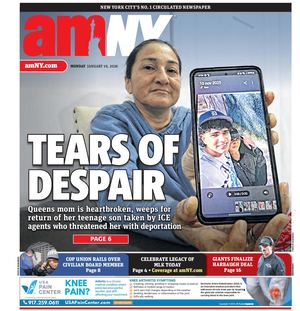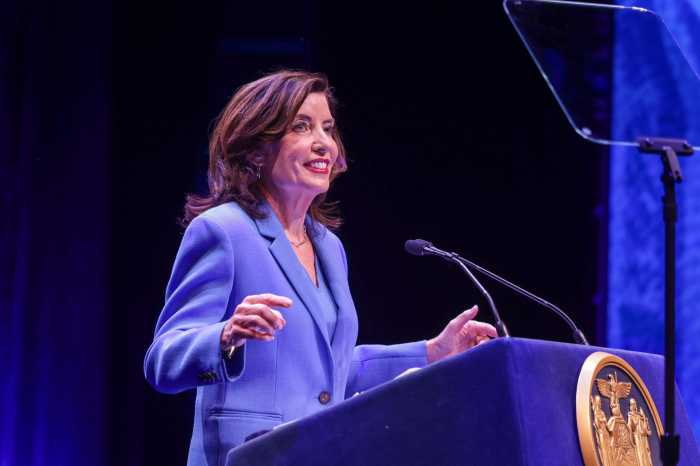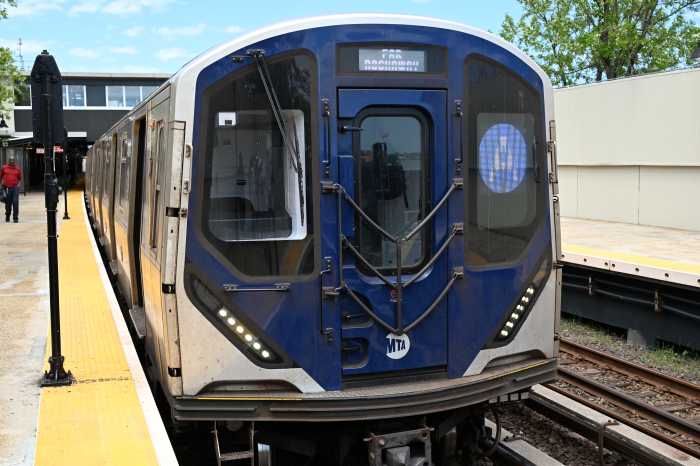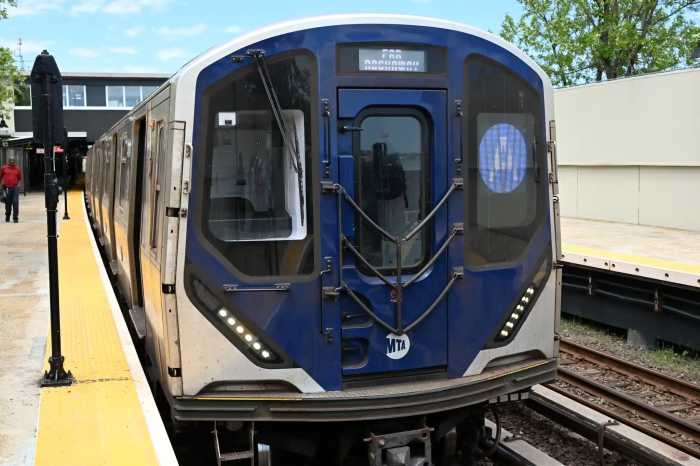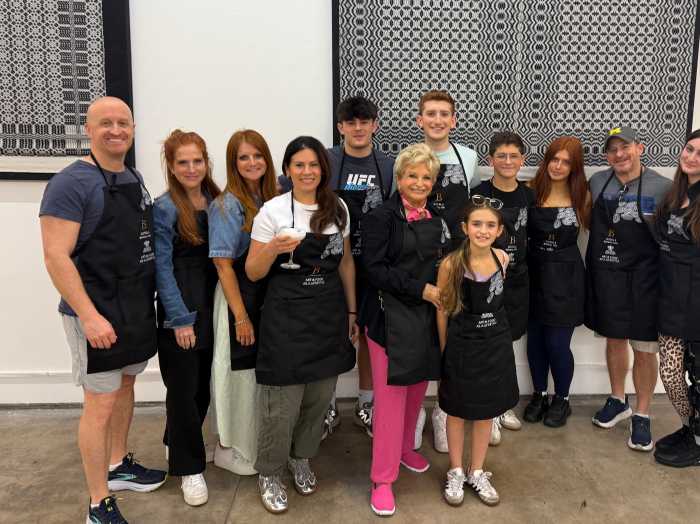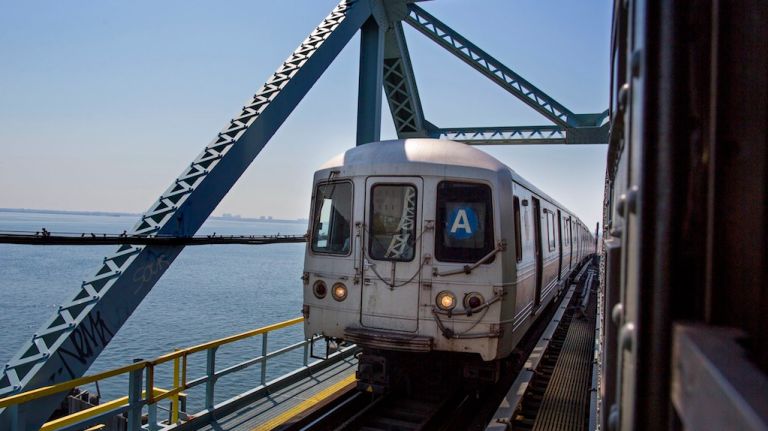
A day after riders got hit with another fare hike, top MTA officials admitted Mondaythat service has slipped and an action plan will be developed to address it.
“I realize it and we all realize that service … is not where we need it to be and not necessarily meeting our customers’ expectations,” said Carmen Bianco, president of New York City Transit.
At an MTA board hearing, officials said they will have a plan to ensure more trains arrive to stations on time and better recover from malfunctions and disruptions, even under the strain of record ridership.
Delays, mostly from overcrowding, have been piling up. There were an average of 43,094 delays a month, 36% more than the year before, according to the latest MTA stats through January.
In documenting tardy trains, the MTA prefers to see how long people have to wait for a train at a station, than whether the train makes the end of its run on time.
But riders over the past year have had to wait for a late train more than a fifth of the time — below the MTA’s goal of 80% of trains making their stops on schedule; 6.4% of them had a “major gap” that took at least twice as long as usual to pick up riders, according to the MTA’s figures.Bianco tasked the Department of Subways President Joe Leader to develop in the coming weeks a plan to mitigate problems that arise from overcrowded trains and nasty weather. That plan will aim to tackle issues with managing the subway system, responding to incidents and customer service, Leader said.
“We can do better than where we are today,” Bianco said.
MTA board member Ira Greenberg pointed to stats showing that nearly a quarter of trains on the No. 7 line are late to pick up passengers, with 7.6% of the late trains havinghad major gaps in service.
“Passenger experience is quite miserable,” he said of the often crowded line.
The No. 7 line has company; riders taking the A and F lines got an on-schedule train roughly 70% of the time in the past 12 months, and about 12% of trains on those lines had major gaps in service. Its performance is on par with the Lexington Avenue 4, 5 and 6 lines, the most congested mass transit lines in the nation. Meanwhile, the subway fleet is showing signs of wear and tear — the average distance trains travel until a malfunction was 3.25% less, down to 143,150 miles, in the 12-month period ending in January than the year before.
Subway officials stressed the importance of getting its $32 billion program to fix up and maintain the transit system fully funded. That program mostly covers the cost of keeping subways and buses in good working order with new equipment, signals and train cars.
The subway system has been buckling under the stress of daily ridership that regularly exceeds six million trips and a particularly nasty winter that caused more problems than usual, including icing on the third rail that paralyzed the No. 7 line in February and 19 nights this year where trains had to be stored on underground tracks away from the bitter cold.
“While these aren’t excuses, these are challenges,” Leader said.
